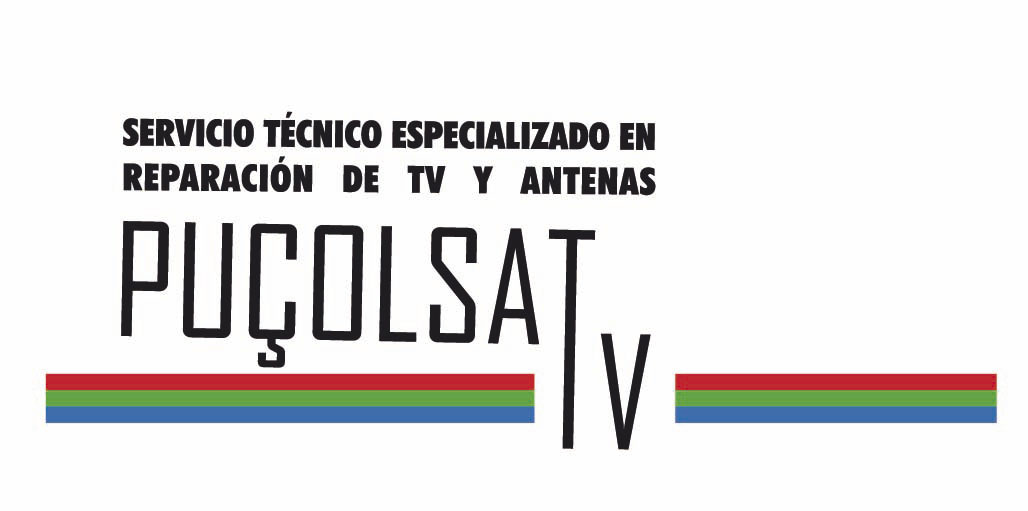Fundamental tips for instance the Organization of Monetary Co-operation and you may Advancement (OECD) 305 bioconcentration: flow-thanks to try provides comparison guidance fifteen ; unfortuitously, trick standards detailed in these assistance do not often be followed in the routine 6 .
A lot more suspicion occurs as the liquids and diet concentrations can differ throughout exposure in the field; ergo, usage of an individual focus within the water or fish gotten by the sampling get lead error
The bioaccumulation factor (BAF) is defined here in a similar fashion as the nondimensional BCF; in other words, BAF is CF/CW at steady state, except that in this case the fish is exposed to both water and food; thus, an additional input of chemical from dietary assimilation takes place. The concentrations used here are mol/m 3 wet weight in the fish and mol/m 3 in water. The fish concentration also can be expressed on a mol/m 3 lipid basis. A necessary additional loss of chemical results from fecal egestion, and apparent loss by growth dilution may occur. If biotransformation occurs, it also affects the BAF. Bioaccumulation factors, which are a function of trophic level position occupied by the organism, are usually determined from field data and rarely from laboratory tests with exposure from both water and diet. Ambiguity about whether truly dissolved or total concentrations in water are used to calculate BAFs may occur. Temporal variability in the chemical concentration in the water and diet also can complicate the interpretation of BAF data. Determining the approach to steady state is usually not feasible in the field. For regulatory purposes, a BAF exceeding 5000 has often been applied when defining a chemical as bioaccumulative, although other criteria have also been suggested 6, 7 .
Development dilution and you may biotransformation inside the test outcomes into the a reduction from inside the BCF, however, a rise-corrected attention and you will BCF should be estimated and reported
The biomagnification factor (BMF) is preferably defined as the lipid-normalized ratio of the concentration in the predator (C2mol/m 3 lipid) to that of the diet (C1 mol/m 3 lipid); thus, BMFs exceeding 1.0 indicate an increase in lipid concentration and thus also an increase in thermodynamic potential or fugacity with ascending position in the food chain or food web. The BMFs also can be defined on a wet-weight basis, but this definition lacks thermodynamic significance. In a regulatory context, BMFs exceeding 1.0 are a cause for concern because these substances tend to exhibit their highest concentrations in upper-trophic-level organisms, including humans. Biomagnification factors are influenced by the approach to steady state, by growth dilution, and by biotransformation rates in both prey and predator, making simple interpretation difficult. The review by Gobas et al. 9 favored the use of BMF for characterizing the bioaccumulative nature of substances because biomagnifying substances differ fundamentally from non-biomagnifying substances in that their fugacity and chemical potential increase from prey to predator in a functioning ecosystem. Non-biomagnifying chemicals cannot achieve such an increase. Biomagnification factors can be determined from laboratory or field studies; however, defining a chemical concentration in the prey can be difficult if the predator has a varied diet in the natural environment. A significant advantage of the BMF is the lack of a hinge need to measure or estimate the concentration in water. Standard test protocols for determination of the BMF have been developed as outlined in the recently updated OECD 305 bioaccumulation test guidelines 16 .
When reporting BMFs, BCFs, and you can BAFs, it’s important to explain obviously the new products off amount one shall be to the a complete-human body basis, to own a specific tissues for example muscle, or into a great lipid-normalized foundation.

